If you are a mobile phone surfer in Namaste Sim of Nepal Telecom, then you may have noticed the “E” sign instead of “G” for the 2G network in your phone’s status bar. This “E” sign indicates the availability of Edge Service on your mobile which is a household name for all the mobile web fanny out there and must be rejoicing with the good news.
For the unaware, the term Edge (Enhanced Data Rates for GSM Evolution) is a technology for higher data rates in the 2G network. So it is named 2.5G, with a higher speed than GPRS (another 2.5G), about 3 to 4 fold higher. With GPRS, you could get data speed in 20 kbps to 50 kbps whereas now with Edge, you can get speed near more than 50 kbps to 100 kbps. So, people can get a faster internet experience with that of E.
| Mobile networks | Speed |
| GPRS | 20 Kbps to 50 Kbps |
| EDGE | 50 Kbps to 100 Kbps |
Find all of the data packs in Nepal Telecom mobile.
Now, Nepal Telecom is enabling Edge in the BTSs (Base Stations) within Kathmandu Valley, but not uniformly in all areas. But it is a matter of a week when the EDGE service is in the full-fledged state in the Capital.
Edge is an Evolution of GSM for high data rate service and a precursor to the third generation (3G) technology whose theoretical speed rate can reach up to 384 kbps while the experience of data speed with Edge comes around 100 kbps. The speed tough also depends upon the number of internet users served by the same tower.
More: Meaning of each mobile network sign
Edge mobile network is less relevant these days
Edge or simply “E” was a popular network in the early 2000s before the advent of 3G in 2007. Those on feature phones using lightweight apps (I, for sure, was not aware that they were lightweight apps), had it convenient with this network’s service. However, after 3G came and 4G evolution also began, the legacy network lost its relevance. We do use it today but mostly for voice service. As for broadband, we mostly use 4G or 3G for mobile internet.
Mobile evolution continues and brings newer innovation which also makes older technologies less important and more of a liability. So, it’s safe to assume that “E” doesn’t have many years in its lifespan. Network shutdown is a mainstream practice these days and that could translate to this once-glorious network in the next few years. As mobile users now engage in video calls, social network consumption, gaming, etc. which demand much faster internet speed, Edge simply falls behind in its capacity to meet the demands hence its irrelevancy and approaching twilight.
Recommended read: 2G, 3G, 4G, 5G mobile technology explained.
What’s your memorable experience with the Edge network on your phone in Nepal Telecom? Do share with us in our comment section below.


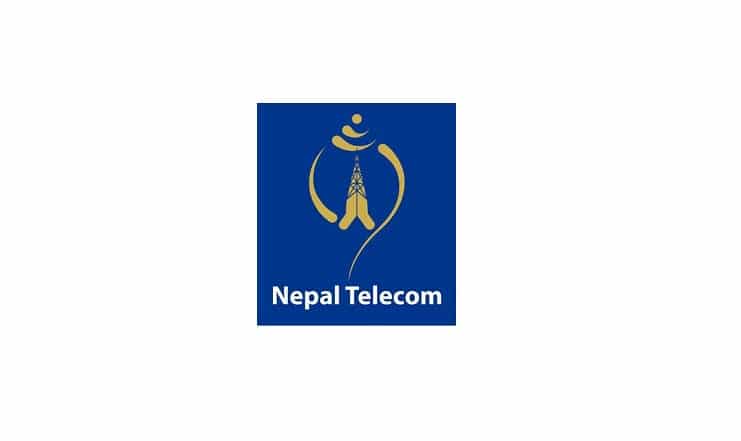


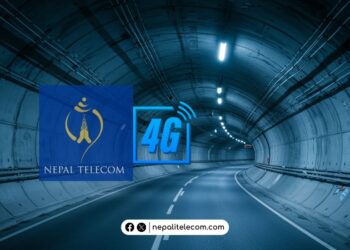
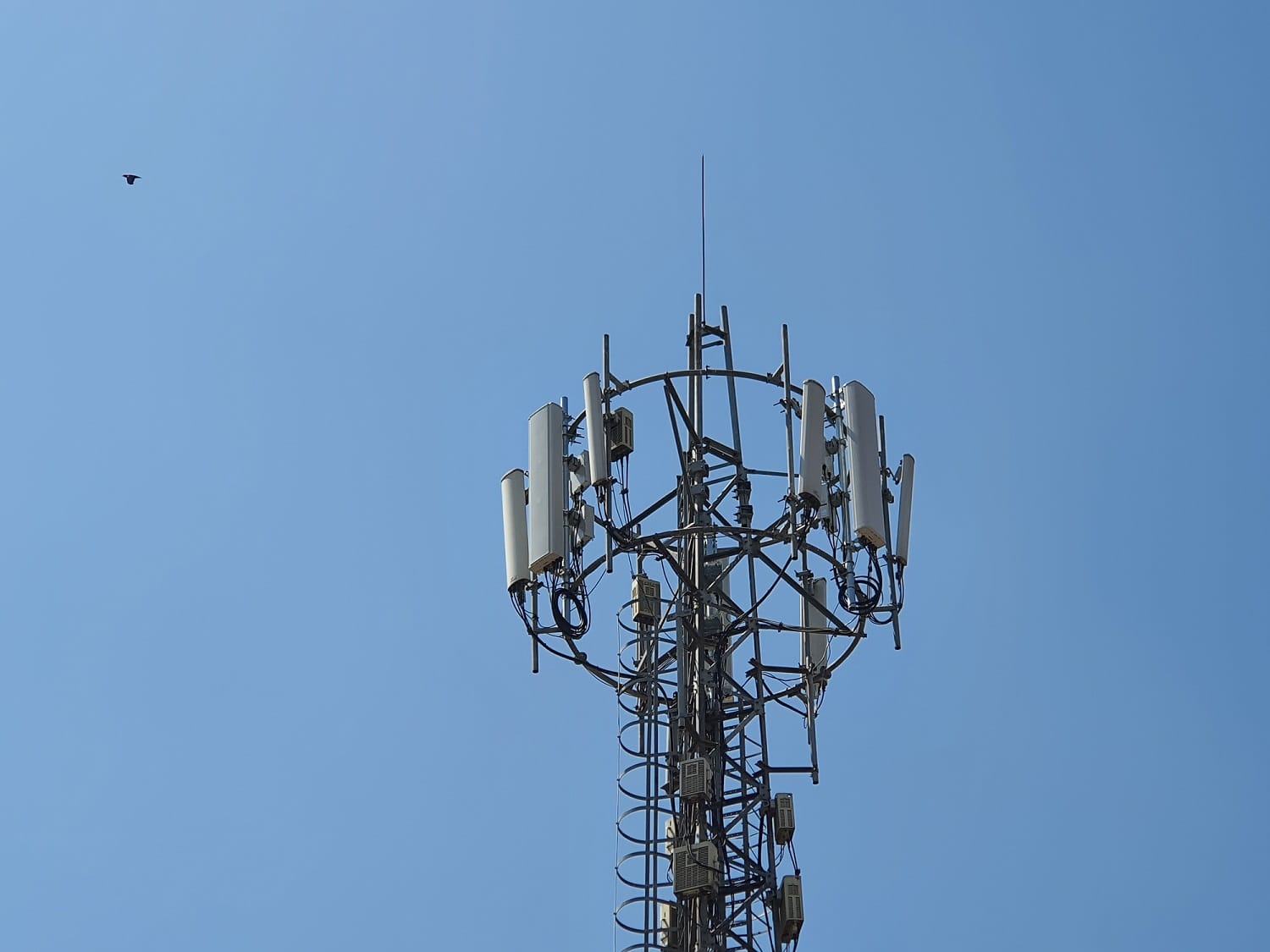
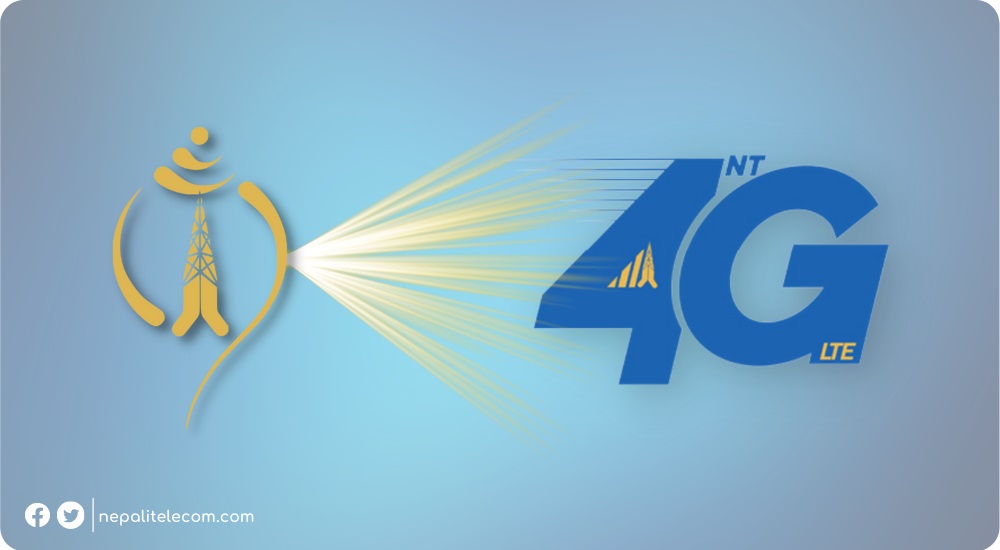

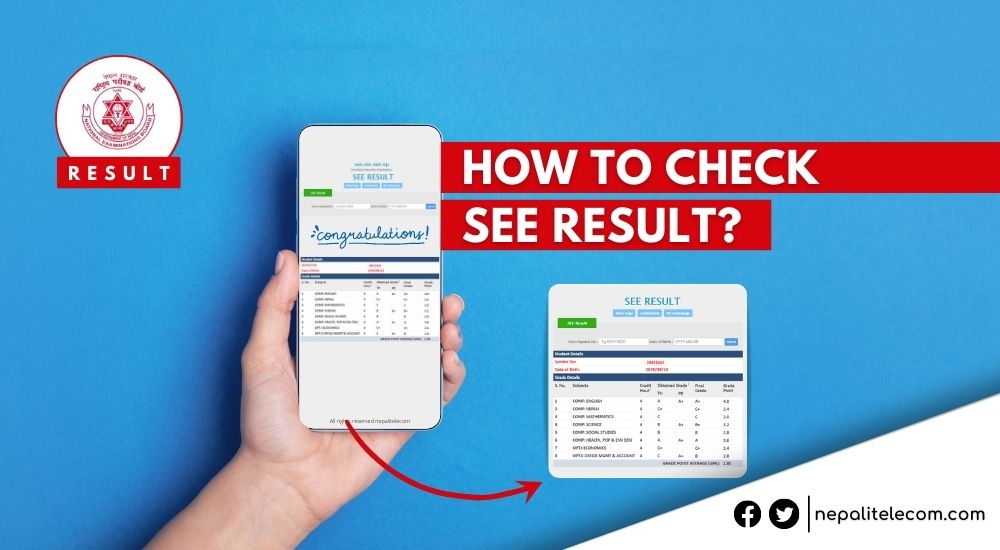
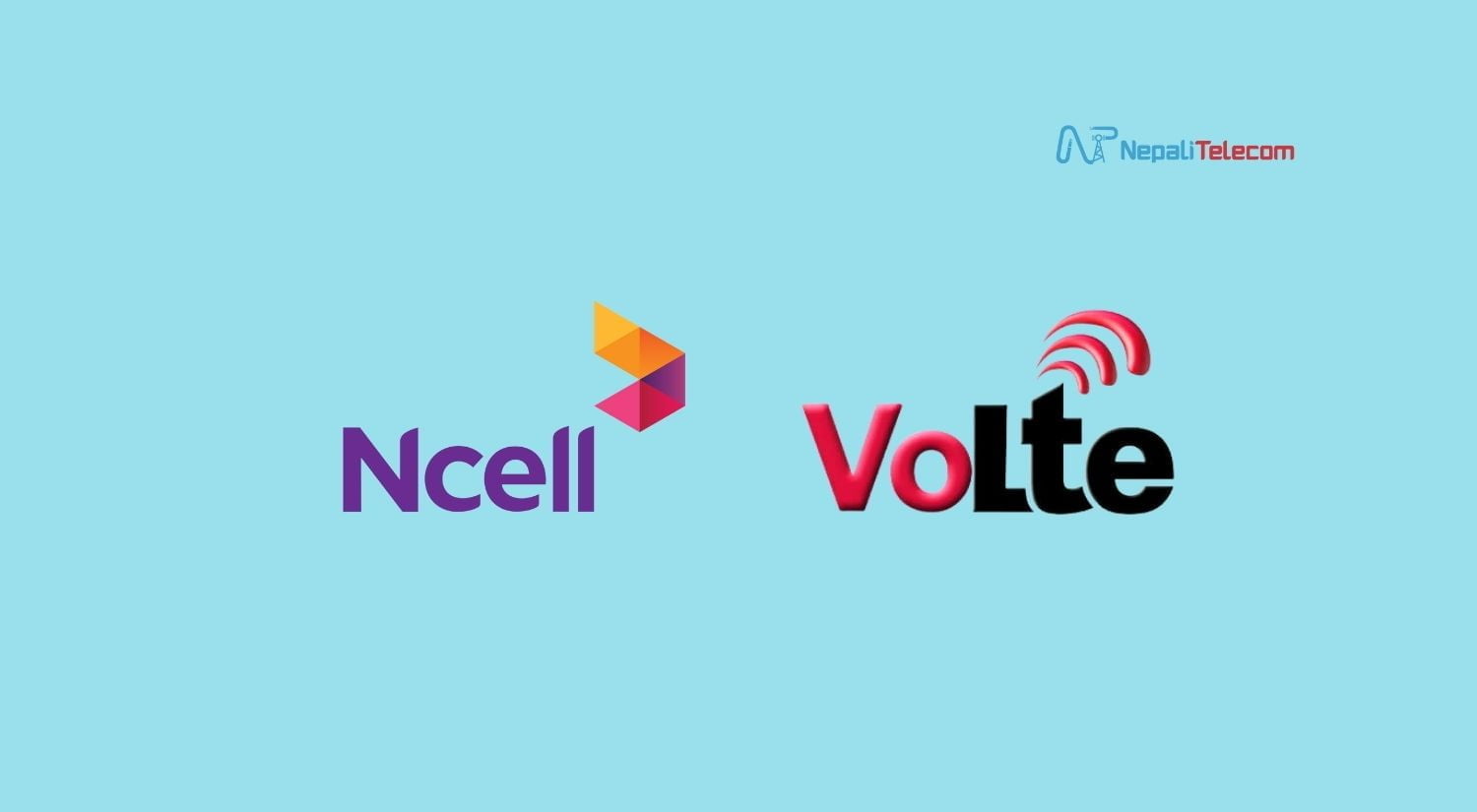
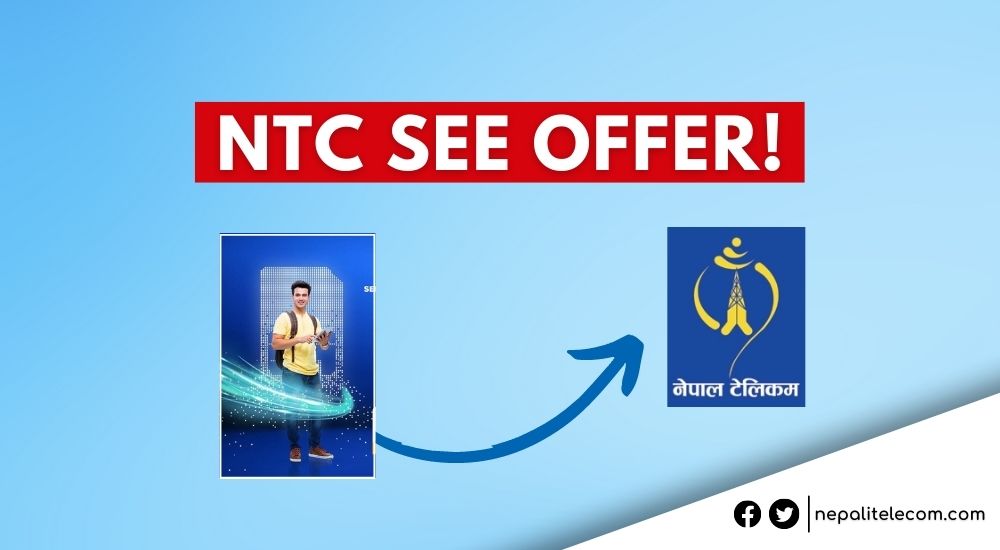
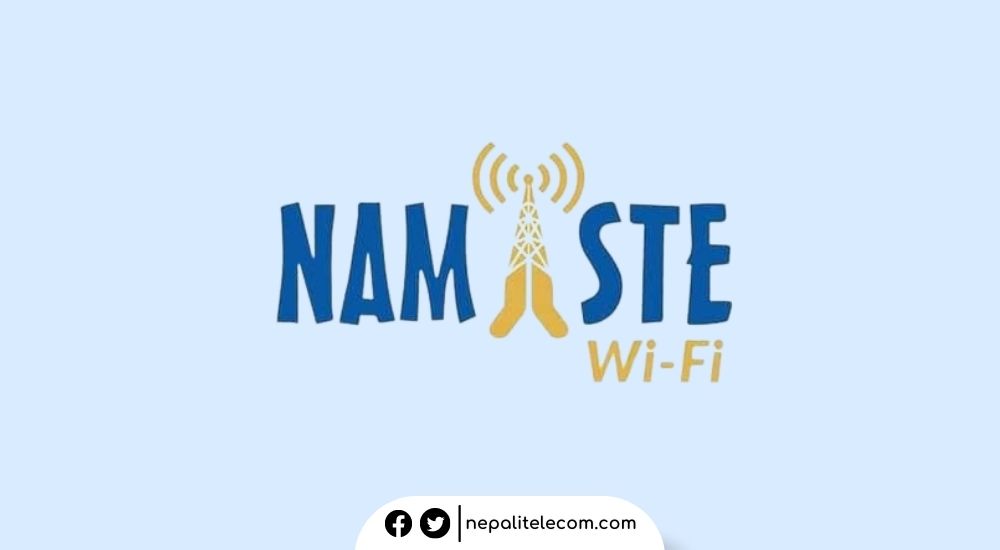

there are still many area inside kathmandu city ,where plain gprs is not available ,for the rural area there is E sometime and G some time 3g and edge are still only seto hatti just for ,only for them who sits around 3g enabled bts or edge enable bts(likely very few),NT just bluffs,
These kind of important services should be spreaded over the whole Nepal and not only in Kathmandu valley.